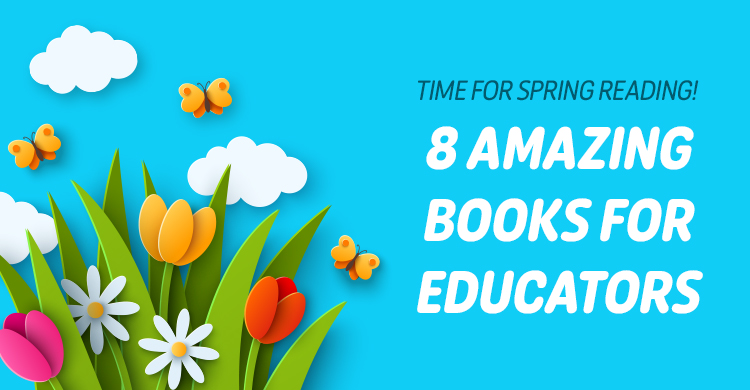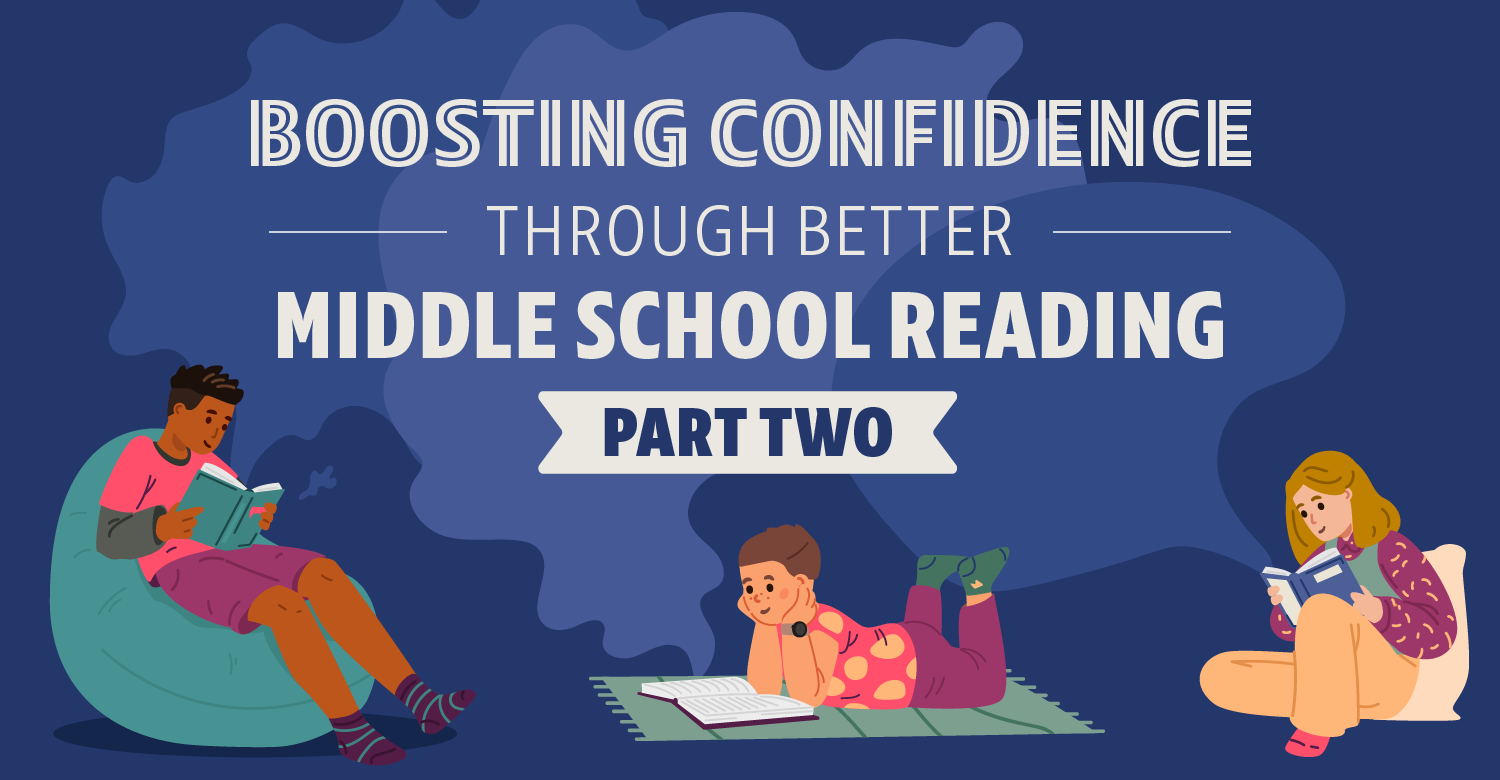One of the first pieces of common vocabulary educators acquire when learning about Professional Learning Communities are the four critical questions. These questions serve as both a big picture framework and a constant reminder of what collaborative teams in a PLC should address.
The Four Critical Questions:
- What is it we expect students to learn?
- How will we know students have learned it?
- What do we do when students don’t learn it?
- What do we do when students already know it?
Many professionals and teams with whom I have worked are clear, or at least somewhat clear, on what is expected of them with regard to the first three questions. While implementation can be challenging and educators may encounter obstacles, most teams understand the idea of engaging in a collaborative process. Conversations continually cycle as they discuss topics such as a guaranteed and viable curriculum, the development, implementation, and analysis of common formative assessments, and strategies for students who struggle. However, I have found that not all teams clearly understand or spend time on the fourth question.
At a recent Professional Learning Community Institute, I asked a number of experienced participants what they do to address “critical question four.” Most answered that the fourth question is not a common part of their PLCs for a variety of reasons, which included time, priorities, and know-how.
The following are some of the details they shared in explaining why question four is often left for “another day.”
Time
Teams have limited amounts of time for PLCs. Even when teams are given forty-five minutes to an hour during the regular school day, the time can go very quickly. Elementary teachers said they typically have time to discuss the full cycle of critical questions one through three but only briefly talk about question four. If there is time left in a meeting, they said, they are more likely to discuss another subject than to devote time to question four.
Priorities
Closely linked to time, they also raised concerns about priorities. The critical questions can be thought of as a continuum with each question relying on the question before. It is difficult to address question two without question one, question three without question two, and so on. For teams just beginning the process, question four is the last one to be addressed. Participants said they generally don’t have as much practice with question four because they often move on to the next unit of study before they have made their way down the continuum. And when teams set priorities, concerns about students who already have mastered concepts such as reading and addition often don’t rise to the top of the list.
Know-how
Participants said they don’t always know what to do for students who “already know it.” One participant said she knows many resources exist online, but she is unsure how to access them or find time to make sure they are high quality. Another said students who already know the content can go work on whatever they choose. They don’t require much direction.
With time, priorities, and know-how as obstacles to fully implementing critical question four, I can see how this area of a PLC can be a challenge. I contend that a thoughtful and intentional consideration of question four is a valuable and worthy exercise to help support teaching and learning in schools and classrooms. To bolster this conclusion, I offer some highlights from a larger list of recommendations that my colleagues, Michelle Patterson and Blane McCann, and I developed while working with a group of teachers in our district, the Westside Community Schools in Omaha, Nebraska.
Here are four things to try:
1. Know your students: A great deal of potential for personalizing learning lies in being intentional about getting to know the students in your classrooms. Bray and McClaskey (2015) offer a simple and easy-to-use template for learning about how students prefer to access, engage in, and express their learning. I have seen wonderful, well-designed student learning activities come about because of thoughtful conversations between students and teachers. Developing strategies to learn about students is only one part of the battle. The next is to make sure this important information isn’t put in the back of a filing cabinet a few weeks into the school year. I have seen expert teachers utilize reminder strategies, such as creating an easy-to-view daily poster of every student’s strengths as a way to keep such valuable information close at hand.
2. Make question four a part of your routine: As a PLC team, make sure that the documentation you use for your own team and/or submit to administrators at your school includes question four. Keep track of the dates and types of conversations that take place in this area to ensure that it is not forgotten or glossed over.
3. Use your resources: Ask colleagues both within and outside of your district for resources that can help make your job easier when it comes to question four. In the district where I work, our Excellence in Youth department created a website full of amazing resources. It’s just one example of the many that you could use with your team.
4. Think about question four in a different light: By far the most challenging recommendation I can make is to urge you to begin thinking differently about critical question four. The types of extension, engagement, and learning that takes place “when a student already knows it” is good for all students. Strategies such as Schoolwide Enrichment and Genius Hour are great systems that illustrate this point. What might your classroom look like if you thought about question four this way: How do I extend learning for all students in my classroom?
There are many practical reasons why teams work through critical questions one through three and pay a small amount of attention to question four. But during my time in the Westside schools, I have seen the power of systems in which collaborative teams intentionally plan for student voice and choice in their own learning. I urge your schools and teams to reserve time for conversations about enrichment and engagement for students who “already know it” as well as for all students.
I would be happy to field questions and learn more about the “question four” strategies that have worked in your PLC teams.
[author_bio id=”811″]







I teach high school Biology and have been searching for ideas for extensions for a couple of years. I would like more concrete examples of how teachers effectively use extensions at the high school level. I looked through the Excellence in Youth Website and understand the general concept of the badging system to create opportunities for extensions for students. Are there any other ways that you know of to provide opportunities for extension within my own classroom that are not school wide?